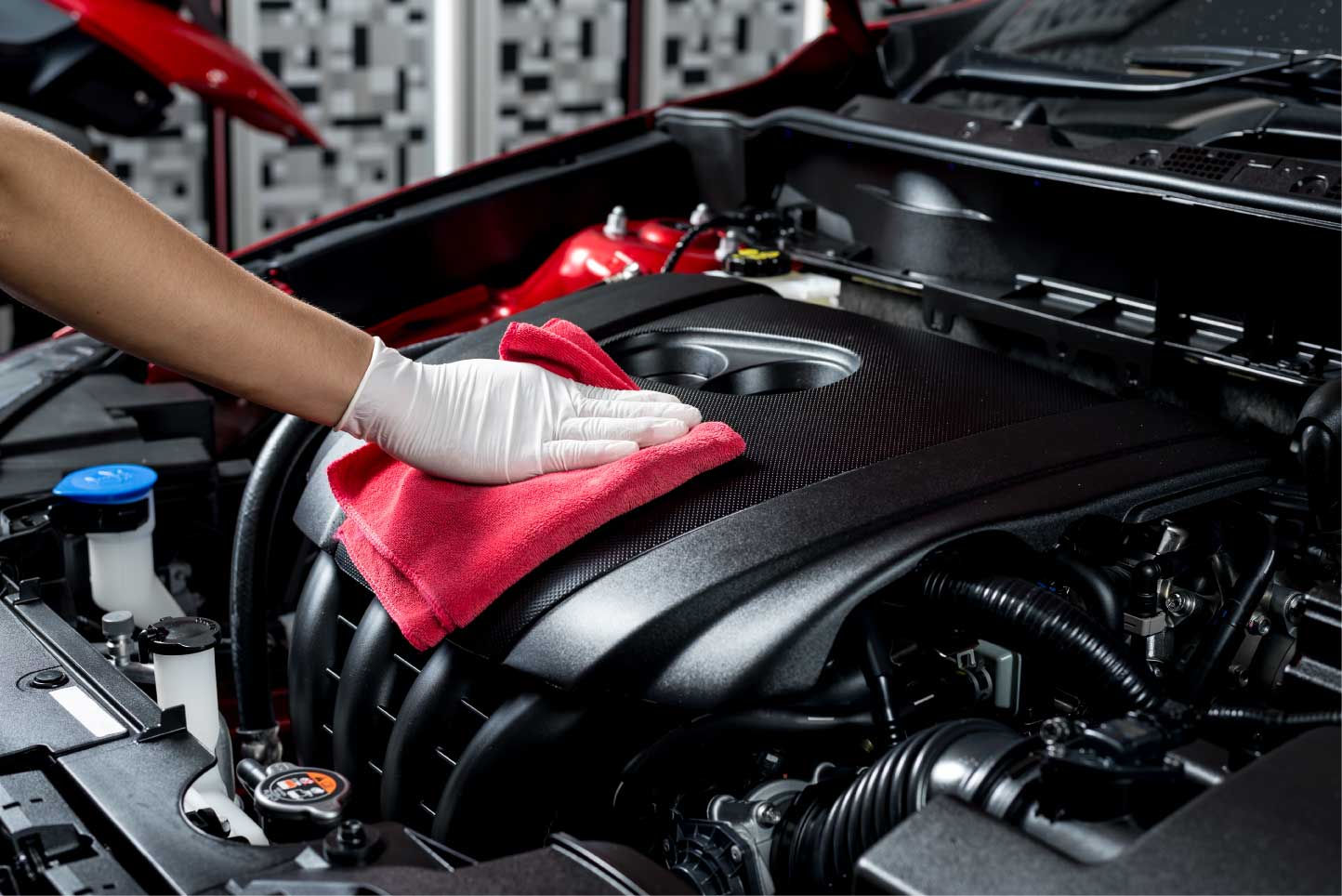
(Image credit: Yelp)
Driving in the rain or soaking in water for a long time may seem like nothing, but did you know that your engine may be at risk of damage without you knowing?
During the rainy season, whether driving through heavy rain or wading through standing water on the road, the engine and electrical system of the car are the most fragile and easily damaged parts. If not checked and maintained properly, it can lead to major problems such as a broken engine, electrical system malfunction, or rust eating away at the interior. This article will take you to learn the steps to take care of the engine after driving through rain or water to prevent damage and properly extend the life of the car.
1. If the car has just stopped or is submerged in water, do not start the car immediately.
If the car stalls in the middle of the water or has been submerged in water for a long time, do not rush to restart the car. Water may enter the intake system or engine and cause hydrolock, which can cause severe damage to the engine, such as a bent crankshaft, broken connecting rod, or cracked cylinder. You should call a tow truck or have the car towed to a garage for a mechanic to inspect immediately.
2. Check the engine oil and transmission oil.
After wading through water, open the hood and check if the engine oil or transmission oil has any abnormalities, such as changing color to a cloudy white (indicating external water), bubbling, or having a strange smell. If you experience these symptoms, you must drain the fluid immediately and replace it with new one.
3. Check the air filter.
The air filter is the first barrier that water may enter. If it is wet or absorbs water, it must be replaced immediately, as this may cause the engine to malfunction or be damaged.
4. Check the electrical system and battery.
- Do the headlights, brake lights, and turn signals work properly?
- Is there water or moisture in the power cord?
- Are the battery terminals rusty or damp?
If any abnormalities are found, a technician should inspect and dry the air immediately.
5. Blow dry air into the engine room.
Even if the outside looks dry, moisture may still be hiding inside. If you have a blower or are near a garage, blow air to remove moisture from various crevices such as wiring terminals, fuse boxes, and under the engine.
6. Listen to the engine sound.
After the above maintenance, when starting the car, observe the engine sound to see if there are any unusual sounds (such as loud noises, rattles, vibrations) or if the idle speed is smooth or unstable. If there are any abnormal symptoms, do not force the car to continue driving and have the mechanic check it immediately.
Taking care of your engine after driving through rain or water is not as far away as many people think. If you check and manage it in a timely manner, you can prevent major damage in the future and effectively extend the life of your car. Don't forget that "prevention is better than cure" because the cost of damage from neglect can be many times higher than you think.
[cta_car_valuation]
Need a car price estimate ? Contact us to get a free car price estimate within 24 hours…
